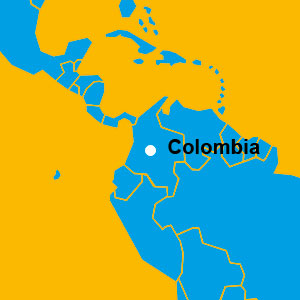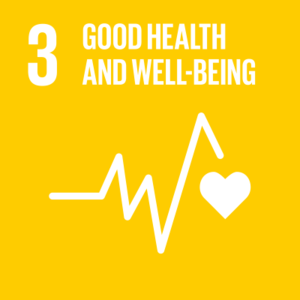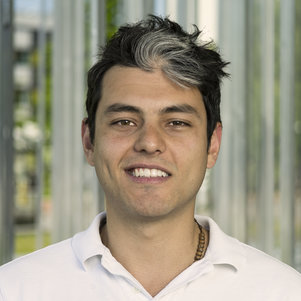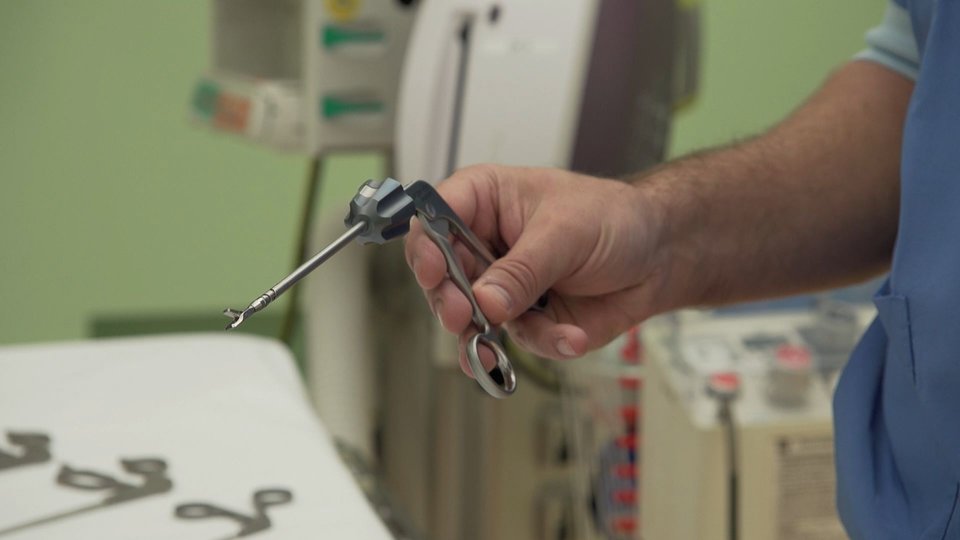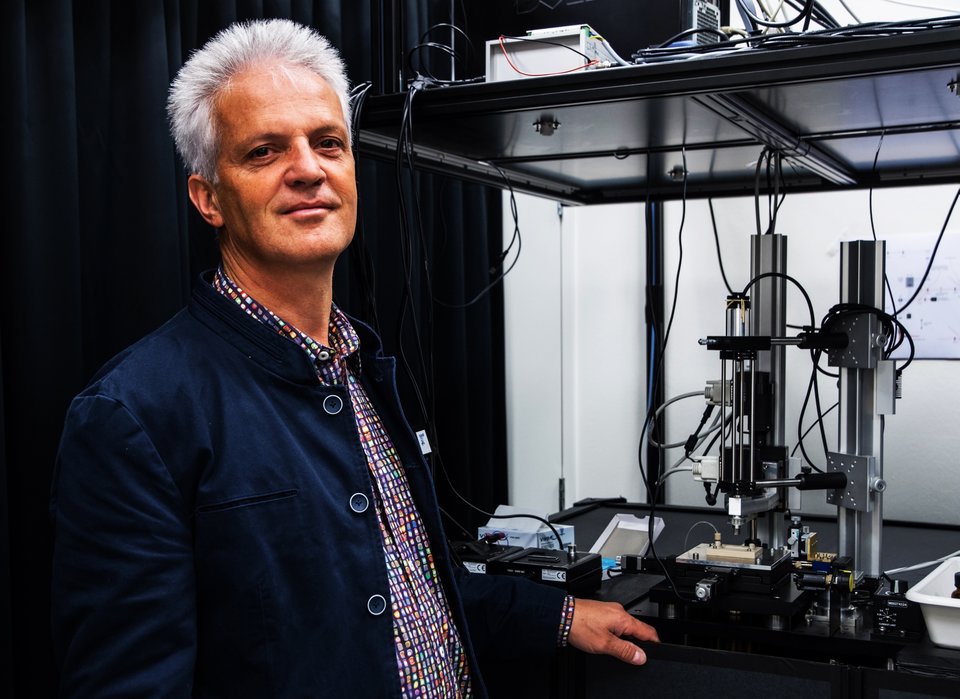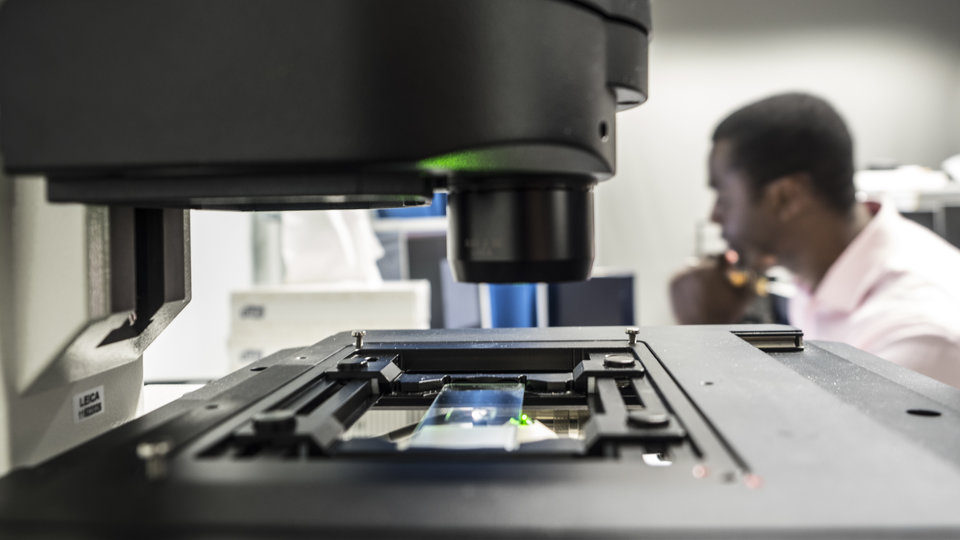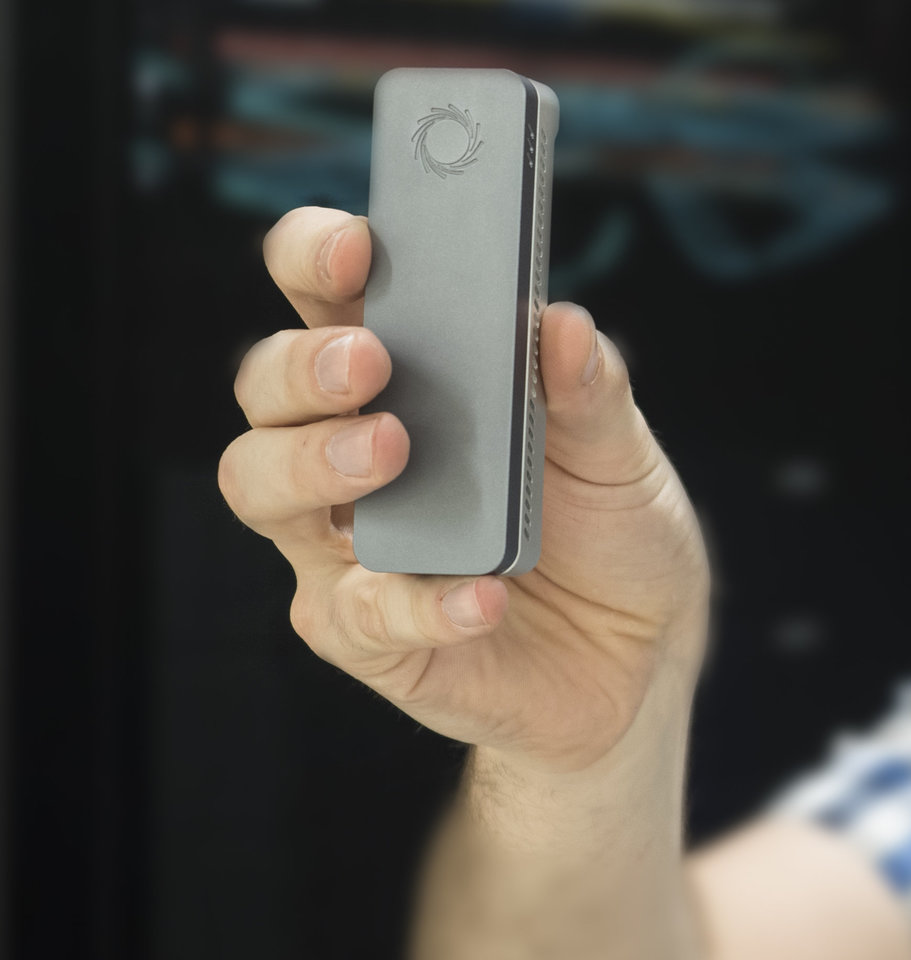Paul Breedveld and his team study nature to find clever biological mechanisms which can be adapted to function in medical instruments. Breedveld has become increasingly interested in the intricacies of the design process itself. “How does nature go about designing and how does it differ from the way us humans design? Would it be possible to automate the designing process itself? Can creativity be automated?” Tackling these issues is one of the goals of the TU Delft Global project: 3D printed prosthetics, supported by a smartphone app. “We are going to automate the design process of prosthetic limbs by means of a smartphone app. In scientific terms that is nothing short of a revolution.”
Smartphone as a powerful tool
The manufacturing of prosthetic limbs requires an advanced infrastructure: trained staff and high-tech healthcare facilities. Things which are hard to come by in developing countries. This problem is solved by leaving the production process to innovative technologies, such as 3D printing and mobile computing. Delft global research fellow Juan Cuellar Lopez, who is currently leading the multifaceted project, explains. “There is a lot developing countries lack, but most people do have a smartphone. This makes it a powerful tool. The solution that we have come up with is to use a smartphone as a 3D scanner and use 3D printing as the manufacturing process. By combining these two technologies we aim to start a completely automated process.”
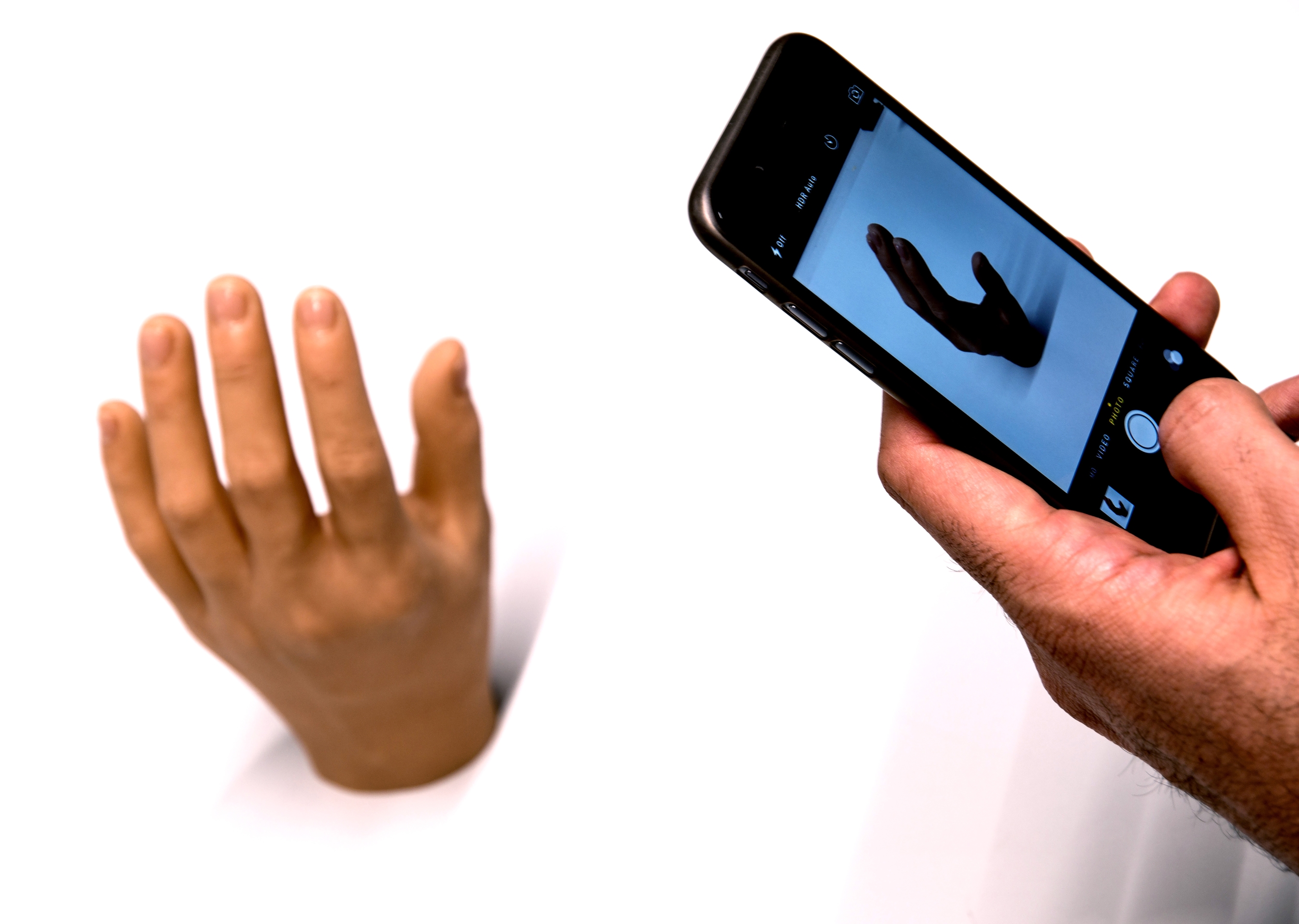
Printing a custom-made artificial limb
The patient no longer has to visit a clinic to have his stump measured but can take pictures of it himself. Based on the picture the smartphone app produces a design of a prosthesis which is sent to a 3D printer via the internet or a local network. Then, at the push of a button, the prosthesis is printed. The next step is to deliver it to the patient who becomes the recipient of a custom-made artificial limb whose design and production are the results of an almost completely automated process. “We are trying to reduce this to the simplest process possible in which almost no technical skill is needed.”
Reaching isolated areas
In the near future the project team hopes to test their prototype on the ground, possibly in South America. “My personal focus is Colombia, my home country. To start a pilot study there would be great. There are thousands of people that live in very isolated towns, very poor regions where high-end technology is out of reach, especially healthcare technology. Most of these people are basically abandoned. They don’t have well-equipped hospitals. Especially now that we have ended the conflict with the rebels and guerillas, there are a lot of poor people who miss a limb and who we would like to reach with this technology.”
Co-workers: Gerwin Smit, Amir Zadpoor, Dick Plettenburg
Global Research Fellowship
Global Challenges
Creating well-functioning, custom-made and easy to manufacture prosthetics
High-tech Science
3D printing, 3D scanning, design automation, advanced smartphone apps
Co-Creation
International Society for Prosthetics and Orthotics
Global Research Areas
| Health | |
| Water | |
| Energy | |
| Disaster Resilience and Response | |
| Urbanisation |
